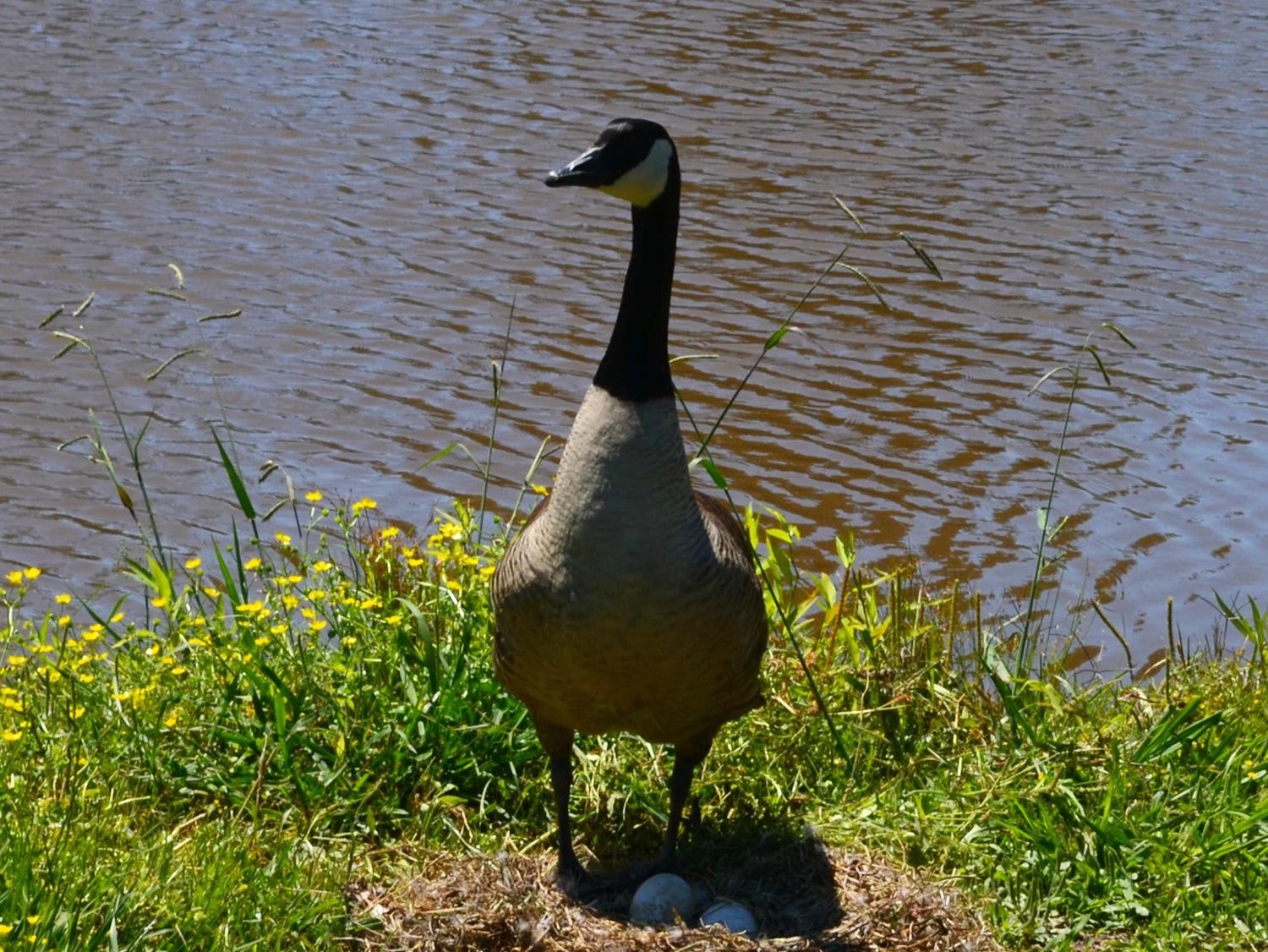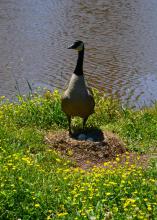Information Possibly Outdated
The information presented on this page was originally released on May 19, 2017. It may not be outdated, but please search our site for more current information. If you plan to quote or reference this information in a publication, please check with the Extension specialist or author before proceeding.
Nesting areas need 'Do not disturb' signs
RAYMOND, Miss. -- Late spring and early summer is the time when wild animals are raising their young, but it also the time when people gear up for outdoor recreational activities such as hiking, playing baseball, riding all-terrain vehicles and visiting beaches.
We are fortunate to have ample green space in our state, but with this great resource comes the responsibility of respecting wildlife that use these spaces to raise young. The phrase "respect the nest" is an easy way to remember this responsibility.
Respecting the nest begins at home. Wildlife, especially birds, use our backyards to nest and raise young. At one time, my own yard had nests of seven different bird species. Most of them were in my landscape plants or trees, but a few were in nest boxes and a ledge above the entrance of my front door.
My nest boxes provide nesting areas for bluebirds and other similar-sized bird species, and they provide me with the enjoyment of watching the nesting process from afar. The key words here are “from afar.” We should never use nest boxes for direct interaction with the birds. Don’t hold nestlings or feed them, as it isn’t healthy for the birds in the long run.
If a bird is already nesting on a porch or near a door, use alternative access points to reduce the disturbance to the nest. After nesting season, make alterations to exclude birds from such areas and prevent them from building nests there in the future.
Limiting disturbances by pets is also important. Giving birds and other wildlife space and minimizing stress during the nesting period are critical to the success of the nest.
Some of the same practices can be used in our wild places as we enjoy recreational activities. If you happen upon a nest in the wild, pause and walk around it. Avoid the immediate area so you don’t cause physical damage to the nest and nestlings. Walking close to ground nests can flatten the vegetation or sand, exposing the nestlings to predators. Your simple presence can cause the parents to defend the nest -- wasting a lot of energy.
The beach is one of the most susceptible environments to our recreational activities. Beach-nesting birds and other animals, such as sea turtles, lay their eggs directly on or in the sand or in the primary dunes. Beachgoers frequently use these areas for sunbathing, playing sports and riding ATVs. To combat the potentially negative impact of these activities, many nesting areas are posted with signage. In some cases, fencing protects these nests. Portions of beaches may restrict use of vehicles, as ATVs have destroyed many nests.
While enjoying the great outdoors, be aware of wild animals’ use of these same areas so we can reduce our negative impact. Encourage your friends and family to “respect the nest” by following these simple practices both at home and in our wild places.

Editor’s Note: Extension Outdoors is a column authored by several different experts in the Mississippi State University Extension Service.









